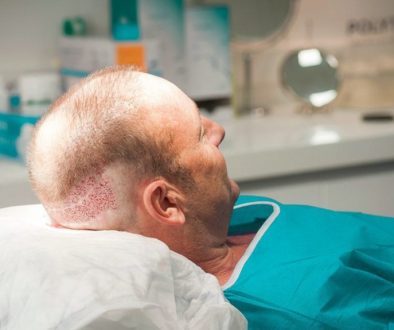Q: How can I make sure I get a thin donor scar?
I know that the majority of the end result of the scar is in the hands of the surgeon. But is there anything that I can do that would make sure I get a thin donor scar?
In recent years more attention and care has been given by leading hair transplant surgeons to removing and closing the donor area.
Some hair transplant surgeons use internal sutures beneath the skin level to draw the donor area together, thus relieving tension on the sutures used to bring the scalp skin together.
Many surgeons are also careful to not remove donor strips that are any wider than 1.5 cms. Thus donor strips these days tend to be longer rather than wider.
Many leading surgeons are also using a technique called Tricophytic closure in which the skin tissue at the suture is beveled so that the hair follicles in the underlying lip will grow up and through the suture line. This not only hides a thin scar but also strengthens the closure.
Dr. Paul Rose in Tampa, Florida is a big advocate of this technique. Although while visiting clinics this past summer I did see this technique used in several leading clinics.
Frankly, I think the issue of donor scarring has been over blown by some clinics selling their follicular unit excision (formerly follicular unit extraction) (FUE) procedure. The leading clinics who take the time to do excellent and careful donor removal and closure have a very low incidence of cosmetically significant donor scarring. Strip excision is also much more cost effective for transplanting large amounts of hair.
Learn more about the relative advantages and disadvantages of these two donor removal techniques.
Pat Hennessey,
Publisher
Technorati Tags: hair transplant, donor area, hair follicle, scar



